While most tourists flock to the beaches of North and South Goa for their Indian coastal getaway, this former Portuguese colony offers so much more than just sun and sand. From quiet fishing villages to bustling market towns, and historic churches to hidden waterfalls, Goa packs an incredible range of experiences into its compact size.
Whether you’re looking to party until sunrise or find peace in a centuries-old temple, here are 18 spots across Goa that showcase why this small state continues to draw travelers from around the world.
- Best beach spot: Calangute Beach
- Hidden party spot: Anjuna Night Market
- Best for history buffs: Basilica of Bom Jesus
- Best for nature walks: Dudhsagar Falls
- Perfect for families: Baga Beach
- Best for peace seekers: Morjim Beach
Calangute Beach
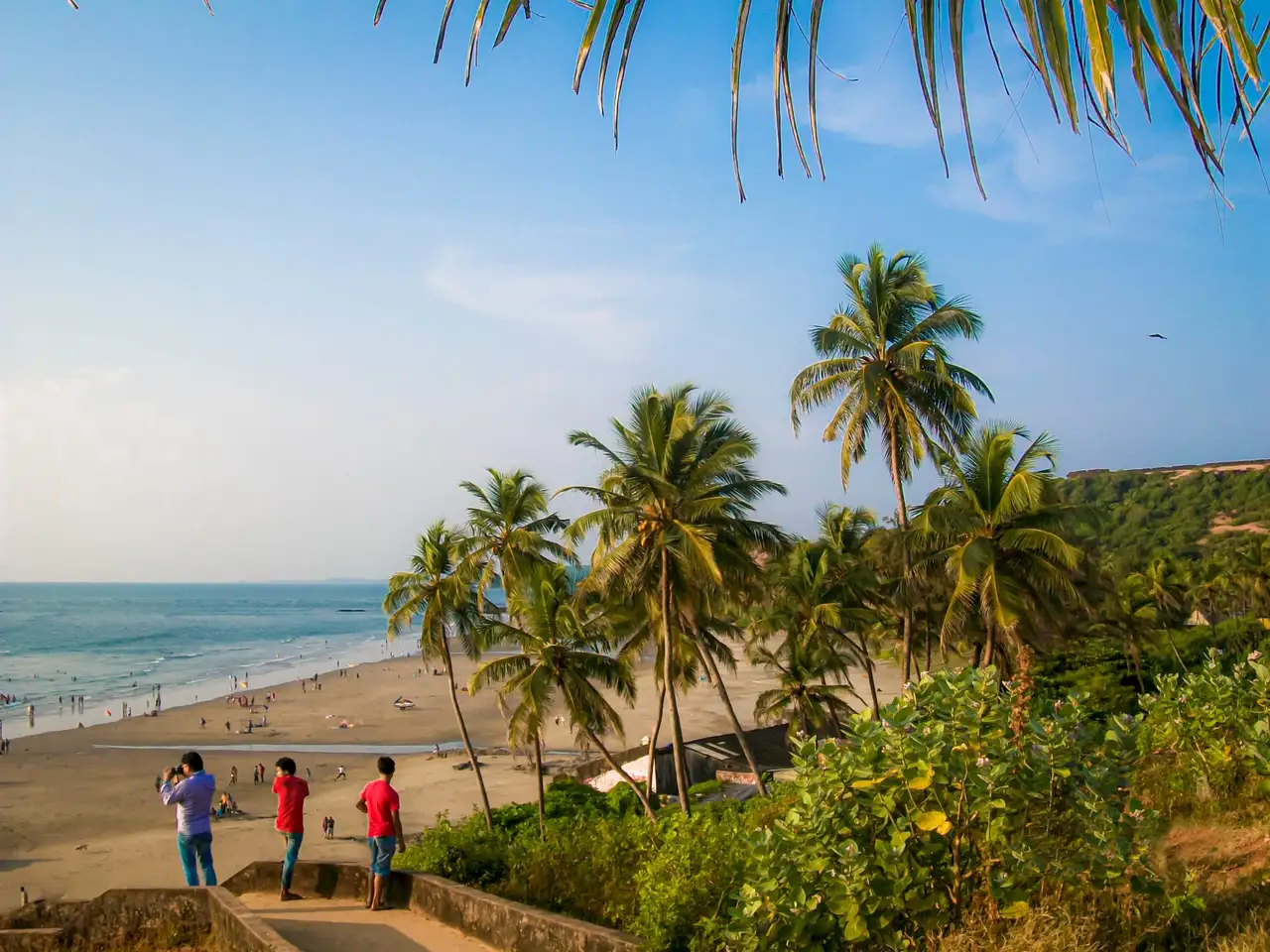
Known as the “Queen of Beaches” in North Goa, Calangute Beach draws visitors from around the world to its long stretch of golden sand and warm waters of the Arabian Sea. The beach comes alive during peak season from November to February, when tourists flock here for water sports like parasailing and jet skiing, while the shoreline fills with beach shacks serving fresh seafood and cold drinks. Beyond the beach itself, the surrounding area offers a mix of boutiques, restaurants, and nightlife spots that keep the energy going well after sunset. Though it can get crowded during high season, you can still find quieter moments early in the morning or during the monsoon months when the crowds thin out and local fishing boats dot the coastline.
Basilica of Bom Jesus
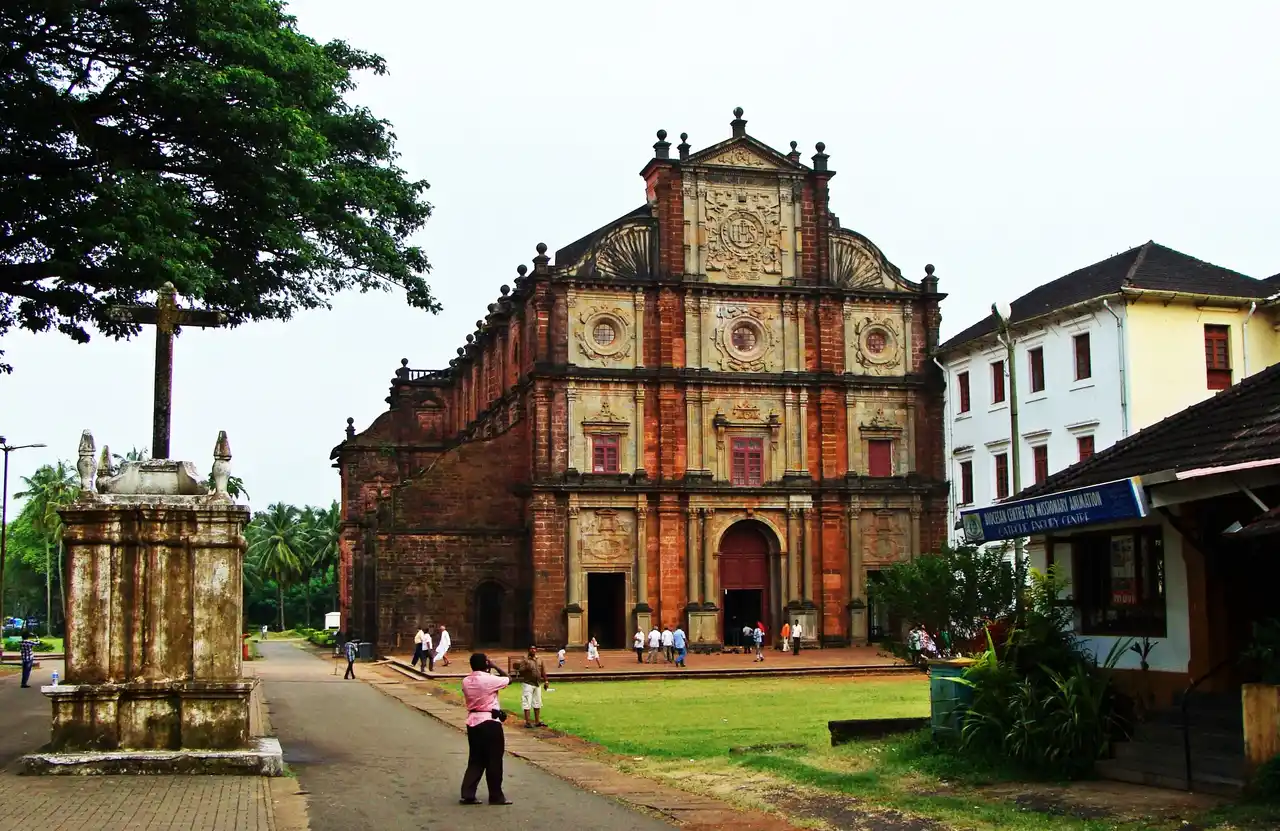
History buffs and architecture enthusiasts flock to the Basilica of Bom Jesus, one of Goa’s most significant religious sites and a UNESCO World Heritage monument. This 16th-century church holds the mortal remains of St. Francis Xavier and showcases classic Baroque architecture with its distinctive red laterite stone exterior. While many visitors come for the religious significance, the basilica also serves as a museum of sorts, housing ancient paintings and intricate wood carvings that tell stories of Goa’s Portuguese colonial past. The church continues to draw thousands of pilgrims each year, especially during the Feast of St. Francis Xavier, but you’ll find people exploring its grand halls and peaceful courtyards throughout the year.
Anjuna Beach
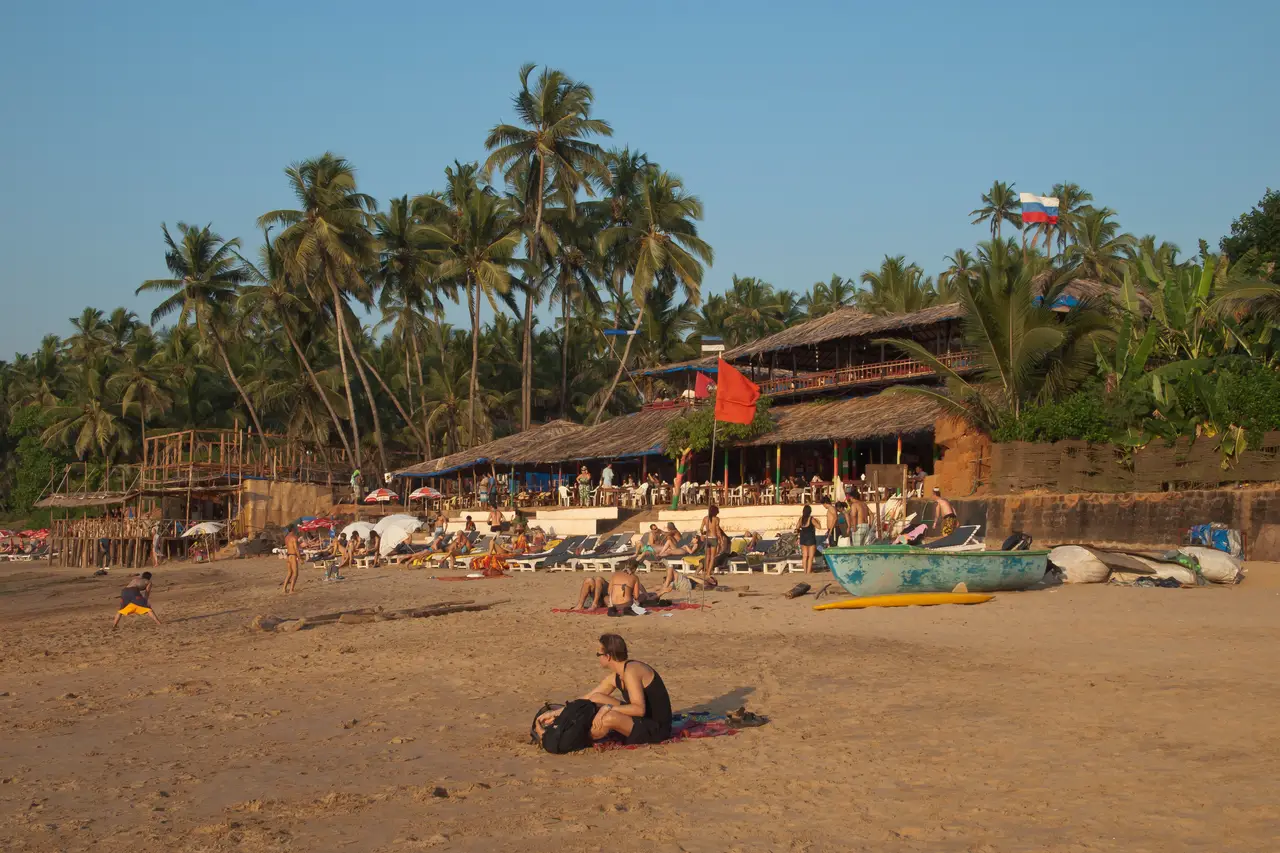
Originally a haven for hippies in the 1960s, Anjuna Beach has evolved into one of North Goa’s most popular coastal spots. Like many beaches in Goa, Anjuna offers the usual mix of sun, sand, and sea, but what sets it apart is its bohemian spirit that never quite faded away. Walk along the shoreline on Wednesday, and you’ll find yourself in the middle of the famous flea market, where travelers haggle over everything from trinkets to textiles. The beach itself tells the story of two different worlds – the northern end remains quiet and perfect for sunset watching, while the southern stretch comes alive with beach shacks and cafes serving fresh seafood and cold beer. Because of its location between the more crowded Baga and quieter Vagator, Anjuna has managed to maintain a pleasant middle ground that appeals to both party-seekers and peace-lovers alike.
Fort Aguada

I always recommend history buffs check out Fort Aguada when they’re in Goa. Sitting proudly on Sinquerim Beach, this 17th-century Portuguese fort served as a crucial defense point and lighthouse along the coastline. Its well-preserved walls, ancient lighthouse, and panoramic views of the Arabian Sea make it one of Goa’s most visited landmarks.
Mind-Blowing Fact:
Did you know that Fort Aguada was built way back in 1612 by the Portuguese to guard against Dutch and Maratha invasions, making it one of the oldest and most important forts in Goa? The fort gets its name from the Portuguese word for water (agua) since it was constructed next to a freshwater spring that provided drinking water to ships that used to dock in the area.
Dudhsagar Falls

Take a scenic journey to Dudhsagar Falls, one of India’s highest waterfalls at 1017 feet tall. This four-tiered cascade creates sheets of white water that give the falls their name, which means “sea of milk” in Sanskrit. You can reach the falls by taking a train ride through the dense Western Ghats or joining a jeep safari through Bhagwan Mahavir Wildlife Sanctuary. For the best experience, visit during monsoon season when the water flow is at its peak and the surrounding jungle is lush and green. Don’t forget to take a dip in the natural pool at the base of the falls – it’s a popular spot for both locals and tourists to cool off.
Baga Beach
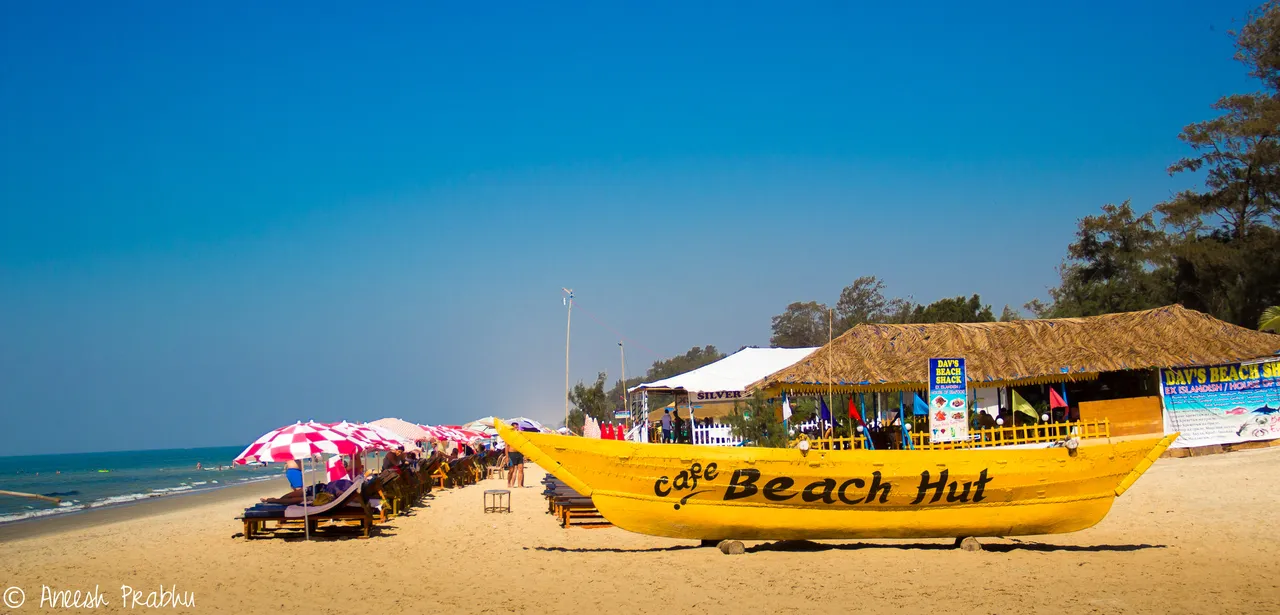
I always tell beach lovers heading to Goa that Baga Beach is a must-visit spot. Located in North Goa, this lively stretch of sand is where you’ll find water sports enthusiasts trying parasailing and jet skiing during the day, while after sunset, the shoreline comes alive with beach shacks serving fresh seafood and cold drinks. The nearby Tito’s Lane adds to the fun with its collection of bars and clubs that keep the music playing well into the night.
Palolem Beach

Visitors flock to Palolem Beach for its gentle crescent shape and calm waters, but this South Goan paradise offers much more than just seaside relaxation. The beach stretches for about a mile, lined with colorful wooden beach huts and swaying coconut palms that create perfect spots for afternoon shade. While many come for swimming and sunbathing, the beach has become a hub for kayaking and dolphin-watching trips, especially during the cooler months between October and March. The nearby fishing village adds local character with its small restaurants serving fresh seafood and authentic Goan curry, and you’ll find plenty of peaceful corners to unwind whether you’re into early morning yoga sessions or sunset beach walks.
Chapora Fort
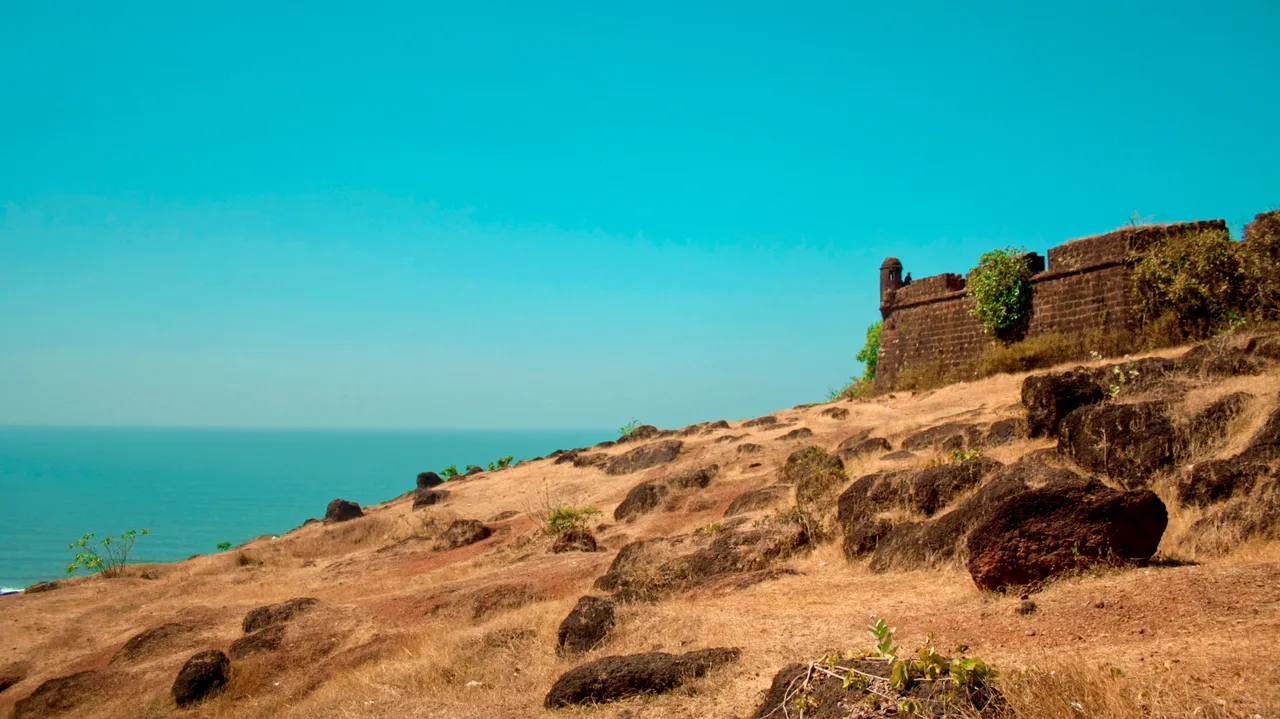
Ever wondered where Shah Rukh Khan’s famous “Dil Chahta Hai” fort scenes were filmed? That’s Chapora Fort, perched high on a hill overlooking the Arabian Sea in North Goa. Built in the 17th century by Portuguese rulers, this red-laterite fortress has become a favorite sunset spot for both history buffs and Bollywood fans. The steep climb up might leave you catching your breath, but the panoramic views of Vagator Beach and the endless ocean make it worth every step. While most of the fort lies in ruins today, its weathered walls and quiet corners offer perfect spots for photos or simply soaking in Goa’s laid-back vibe.
Vagator Beach
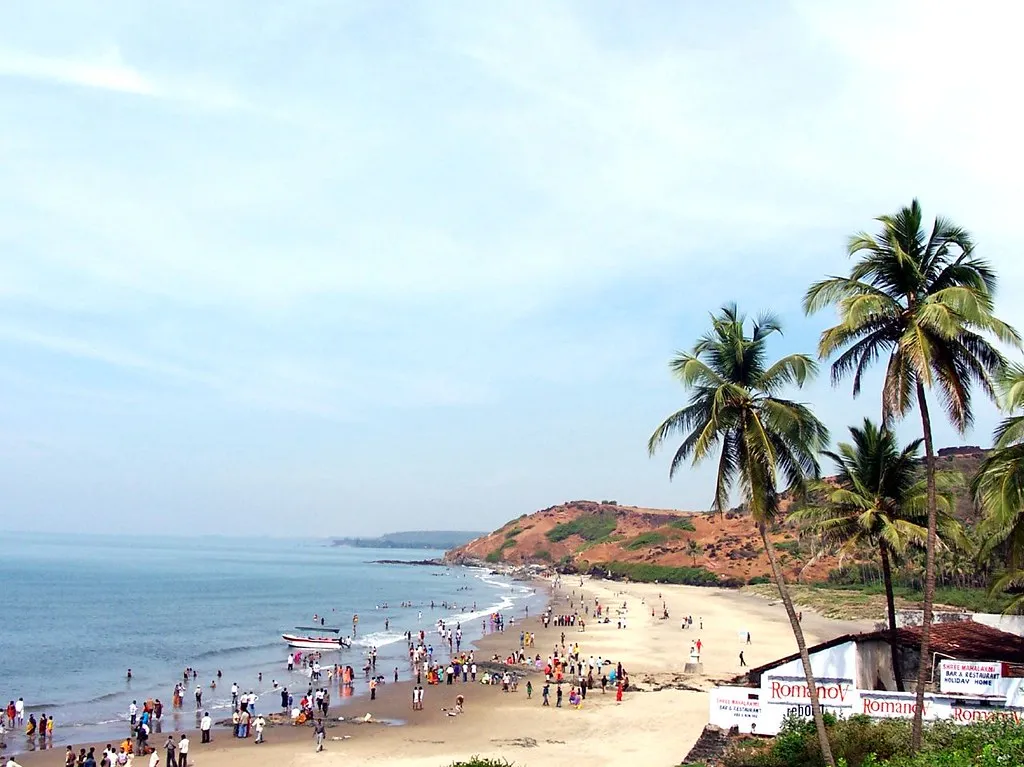
Vagator Beach stands out as one of Goa’s most memorable coastal spots, particularly for those seeking a break from the usual tourist crowds. This crescent-shaped stretch of sand, backed by red cliffs and swaying palm trees, has managed to maintain its laid-back charm despite growing popularity. During the day, you’ll find locals and travelers alike lounging on the shore or swimming in the clean waters, while come sunset, the beach transforms into a gathering spot for those looking to enjoy the evening sky. It’s not just another beach stop – between the iconic Chapora Fort overlooking the coastline and the small beachside cafes serving fresh seafood, Vagator offers a perfect mix of relaxation and exploration.
Candolim Beach
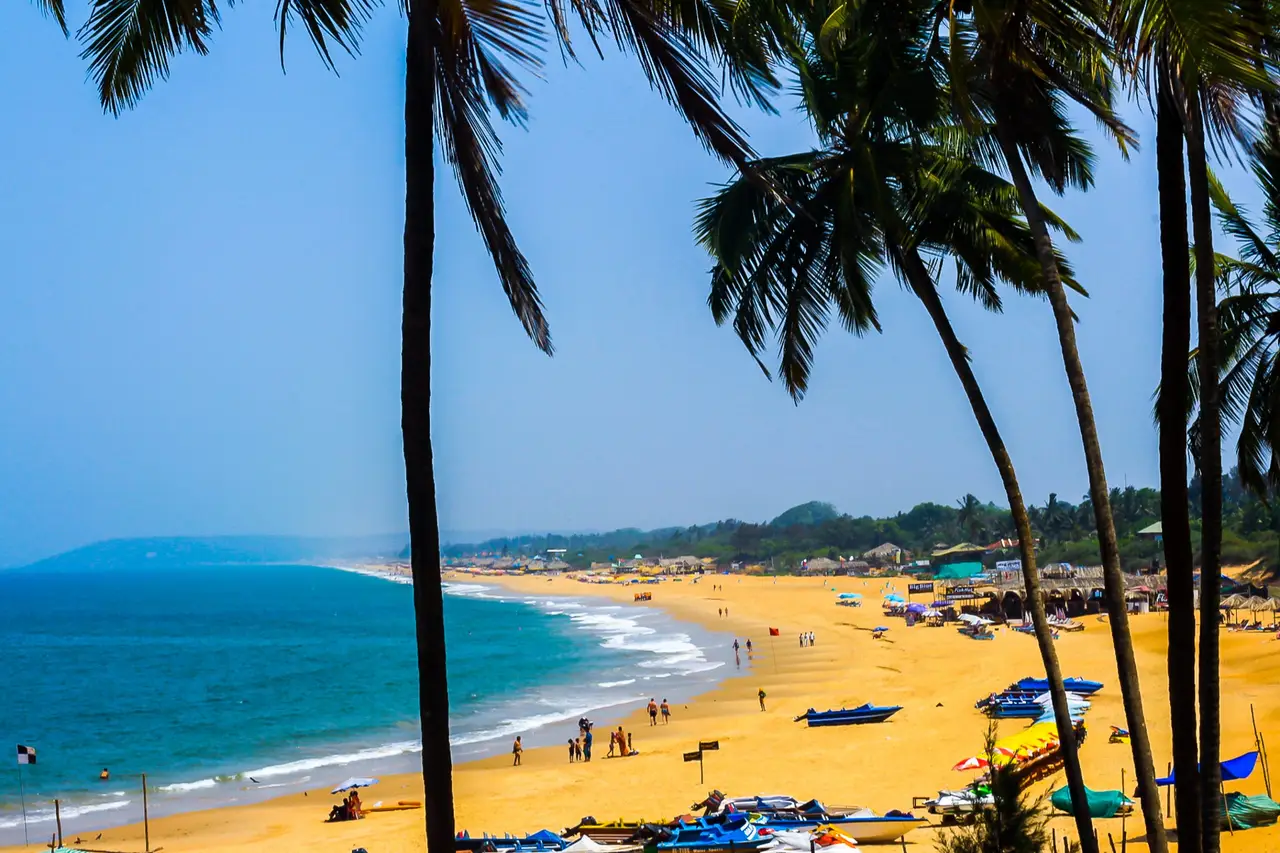
Looking for the perfect Goan beach experience? Head straight to Candolim Beach. Located in North Goa between Calangute and Sinquerim, this long stretch of golden sand offers a nice balance of activity and relaxation. You’ll find beach shacks serving fresh seafood and cold drinks, water sports for the adventurous, and plenty of quiet spots to lay down your beach towel.
Fontainhas
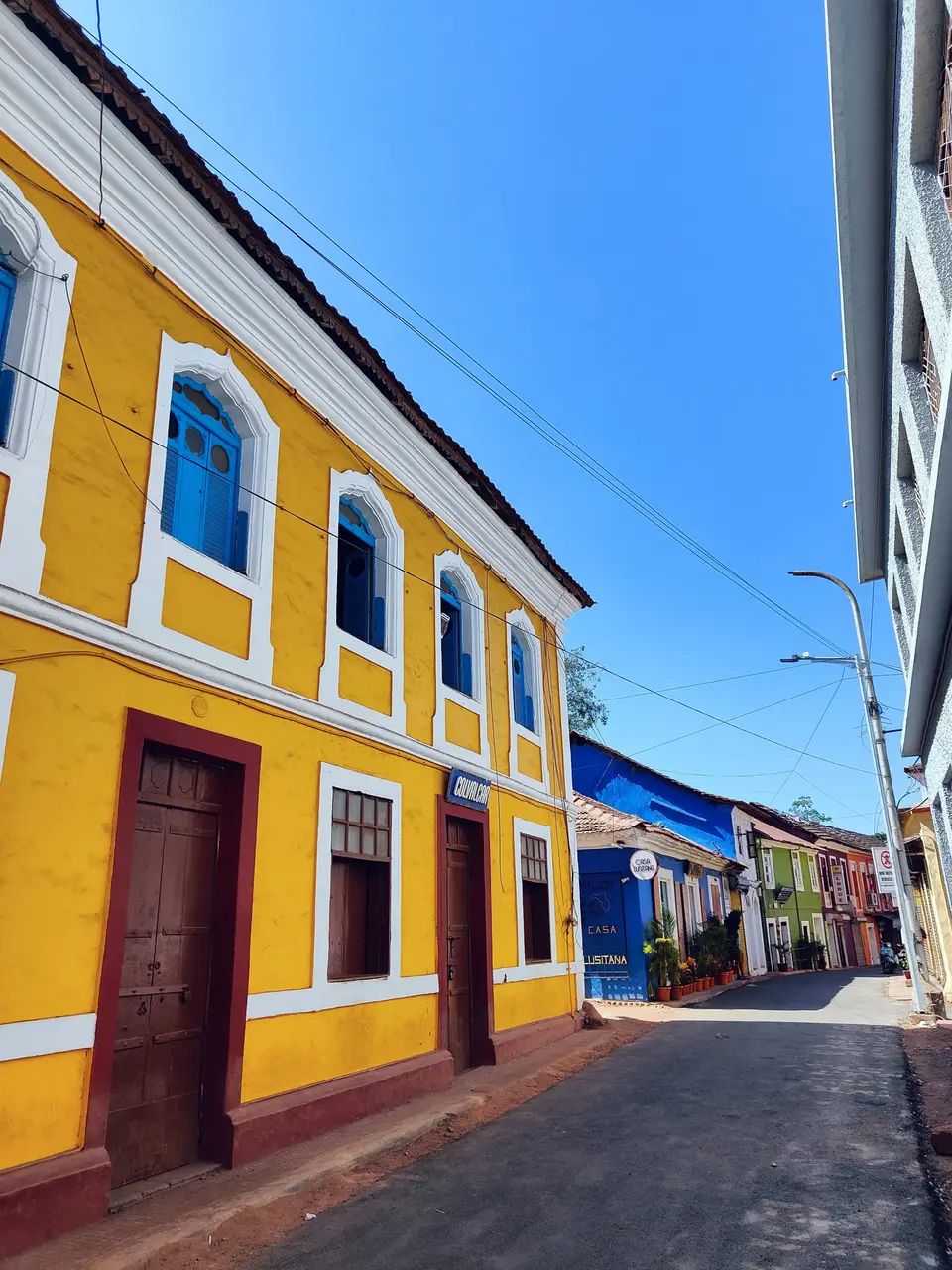
Located in the heart of Panjim, Fontainhas is Goa’s oldest Latin Quarter and a window into the region’s Portuguese past. Much like other heritage neighborhoods in India, Fontainhas has its churches, cafes, and art galleries. But unlike the rest, it feels like you’ve stepped straight into a Mediterranean town. Just look at the yellow, blue, and red-washed homes with their terracotta roofs and wrought-iron balconies, and you’ll see what I mean. Because of strict preservation laws from the 1980s, many original Portuguese mansions remain intact, and you’ll find narrow winding streets and traditional bakeries serving up warm Portuguese bread and local Goan treats.
Se Cathedral
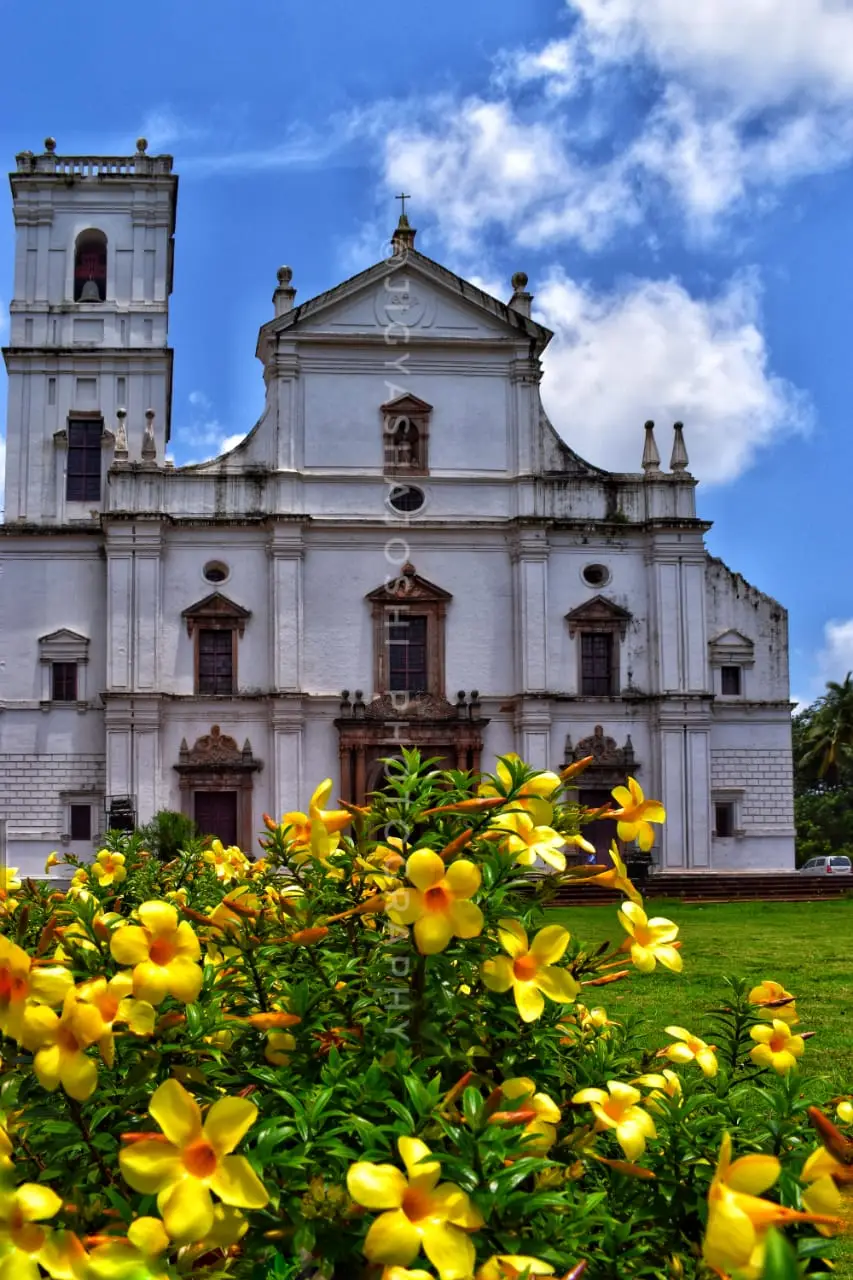
I always recommend history buffs to visit Se Cathedral when they’re in Old Goa. Located in the heart of Old Goa’s UNESCO World Heritage site, this Portuguese-style church stands as one of the largest in Asia and dates back to the 16th century. With its distinctive single tower (it originally had two, but one collapsed), white-washed exterior, and intricate golden altar dedicated to St. Catherine of Alexandria, the cathedral offers a fascinating glimpse into Goa’s colonial past.
Butterfly Beach
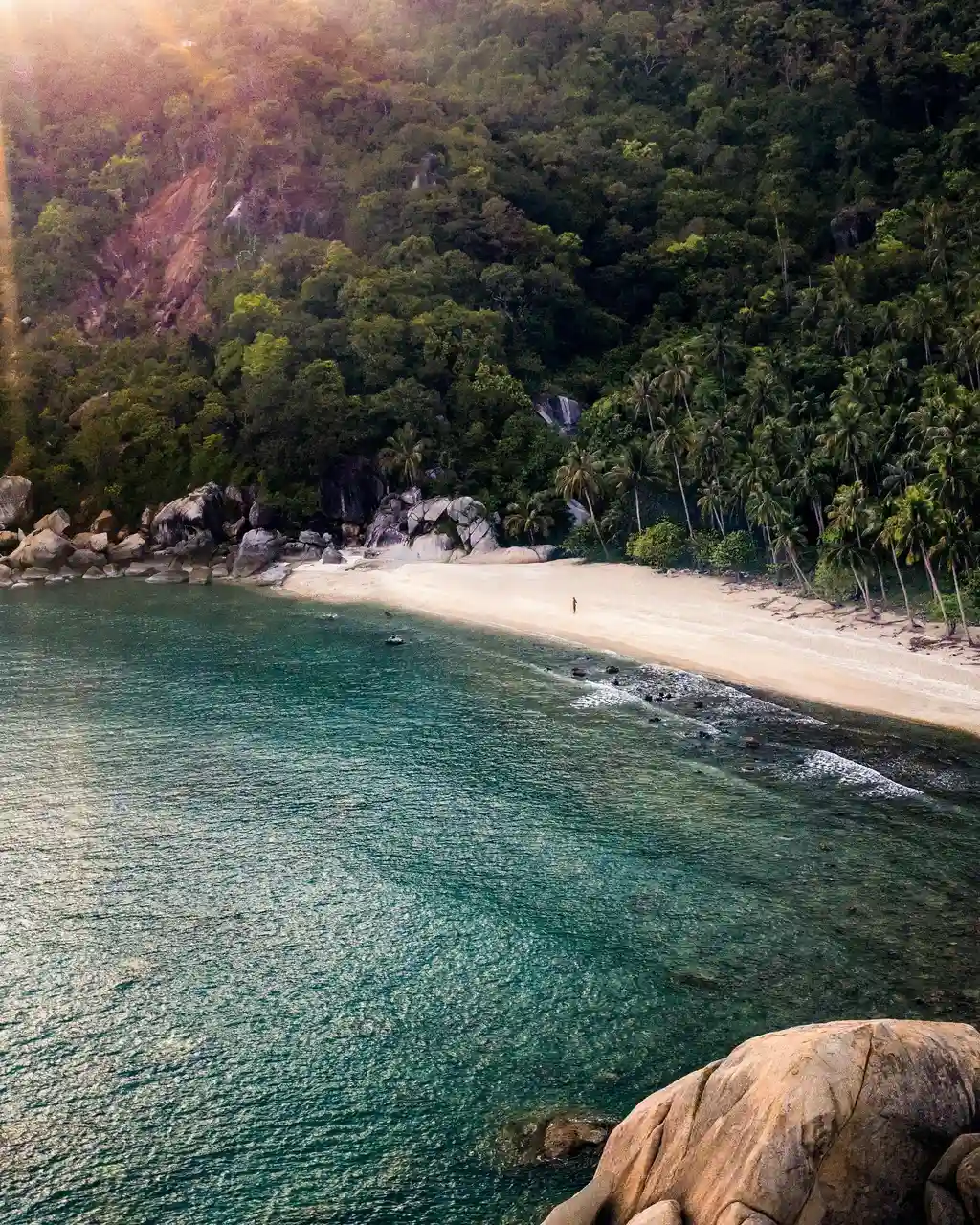
Ever seen a secluded beach shaped like a butterfly’s wings? That’s exactly what you’ll find at Butterfly Beach, tucked away between two rocky cliffs in South Goa. This hidden gem, accessible only by boat or a scenic trek through forest trails, offers a peaceful escape from Goa’s more crowded shores. The calm waters make it perfect for swimming and snorkeling, while the surrounding hills provide excellent spots for watching dolphins play in the Arabian Sea. At sunset, the sky puts on a show of orange and pink hues, making this little paradise feel like your own private slice of Goa.
Dona Paula
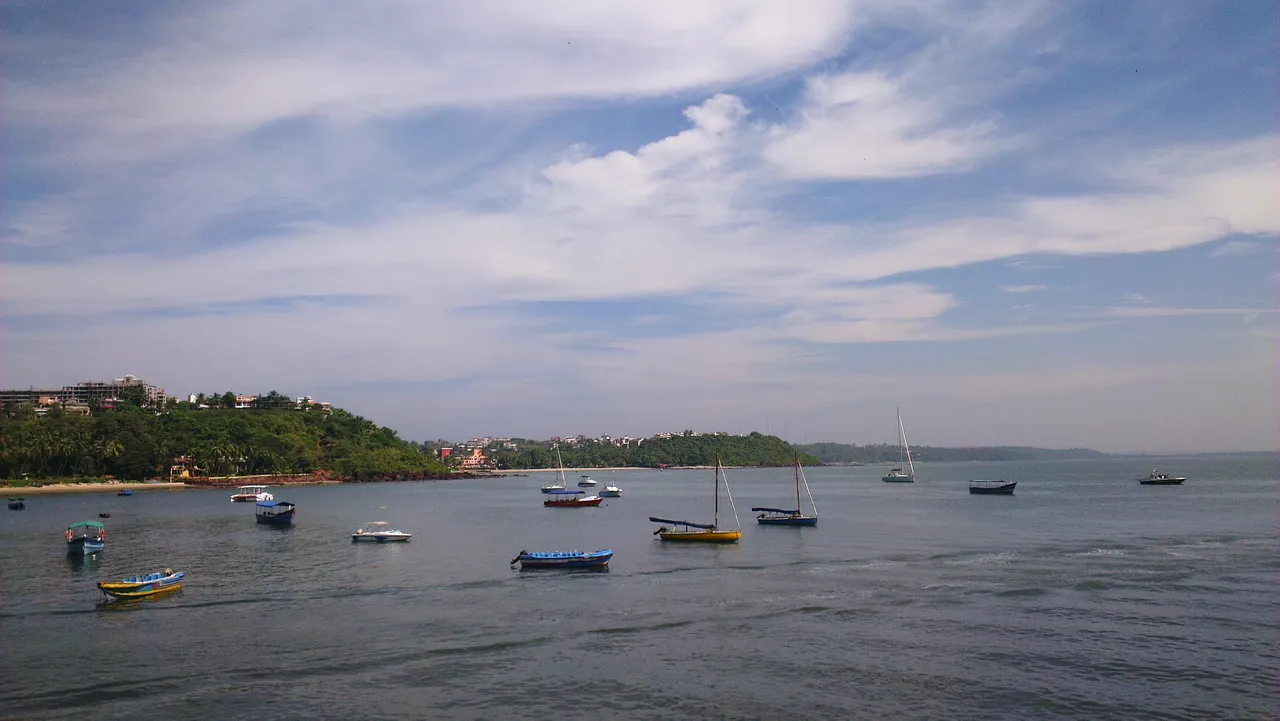
Looking out over the Arabian Sea, Dona Paula is where romance and legend come together in Goa. This former fishing village, named after a tragic love story involving Dona Paula de Menezes, now serves as one of the area’s most popular viewpoints. You’ll find a bustling promenade where locals and tourists gather to watch the sun dip below the horizon, while the nearby National Institute of Oceanography reminds visitors of the region’s deep connection to marine research.
Grand Island
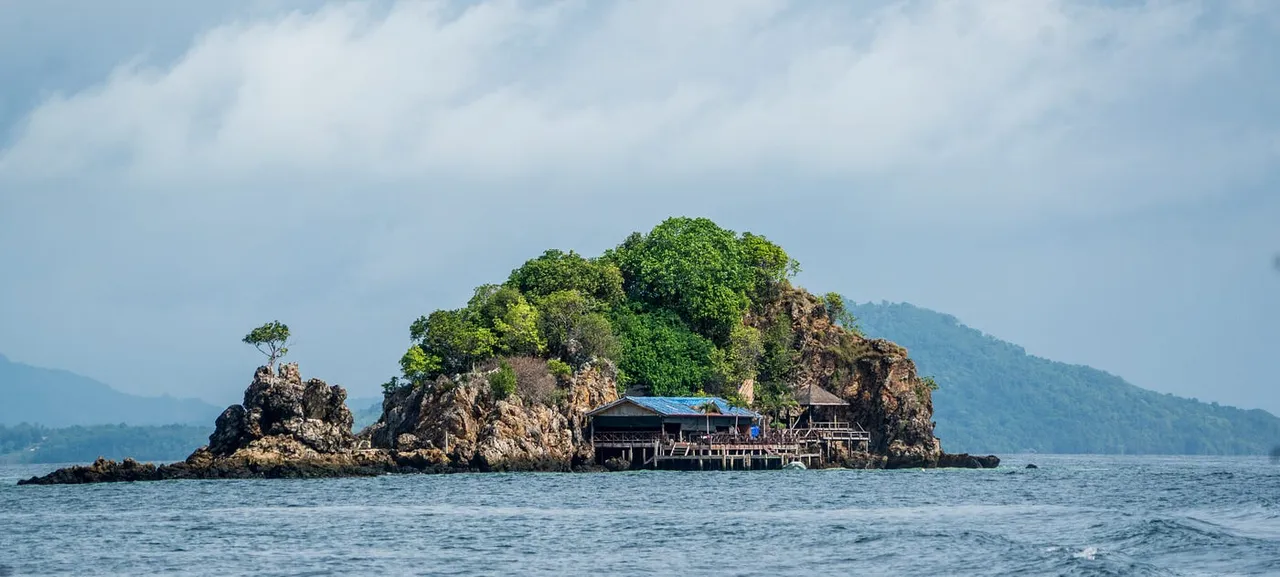
Grand Island sits just off the western coast of Goa, beckoning visitors with its crystal-clear waters and rich marine life. This small but mighty island has been a favorite among divers and snorkelers since the early 1990s, thanks to its colorful coral reefs and abundant sea creatures. The waters around Grand Island are home to dolphins, mackerel, and even the occasional sea turtle, making every boat trip an adventure in itself. Beach lovers gather on its quiet shores, where makeshift beach shacks serve up fresh seafood and cold beers. The island’s underwater treasures include two shipwrecks – the SS Rita and MV Sea Raven – which have created fascinating artificial reefs that draw curious divers from across the globe.
Arambol Beach
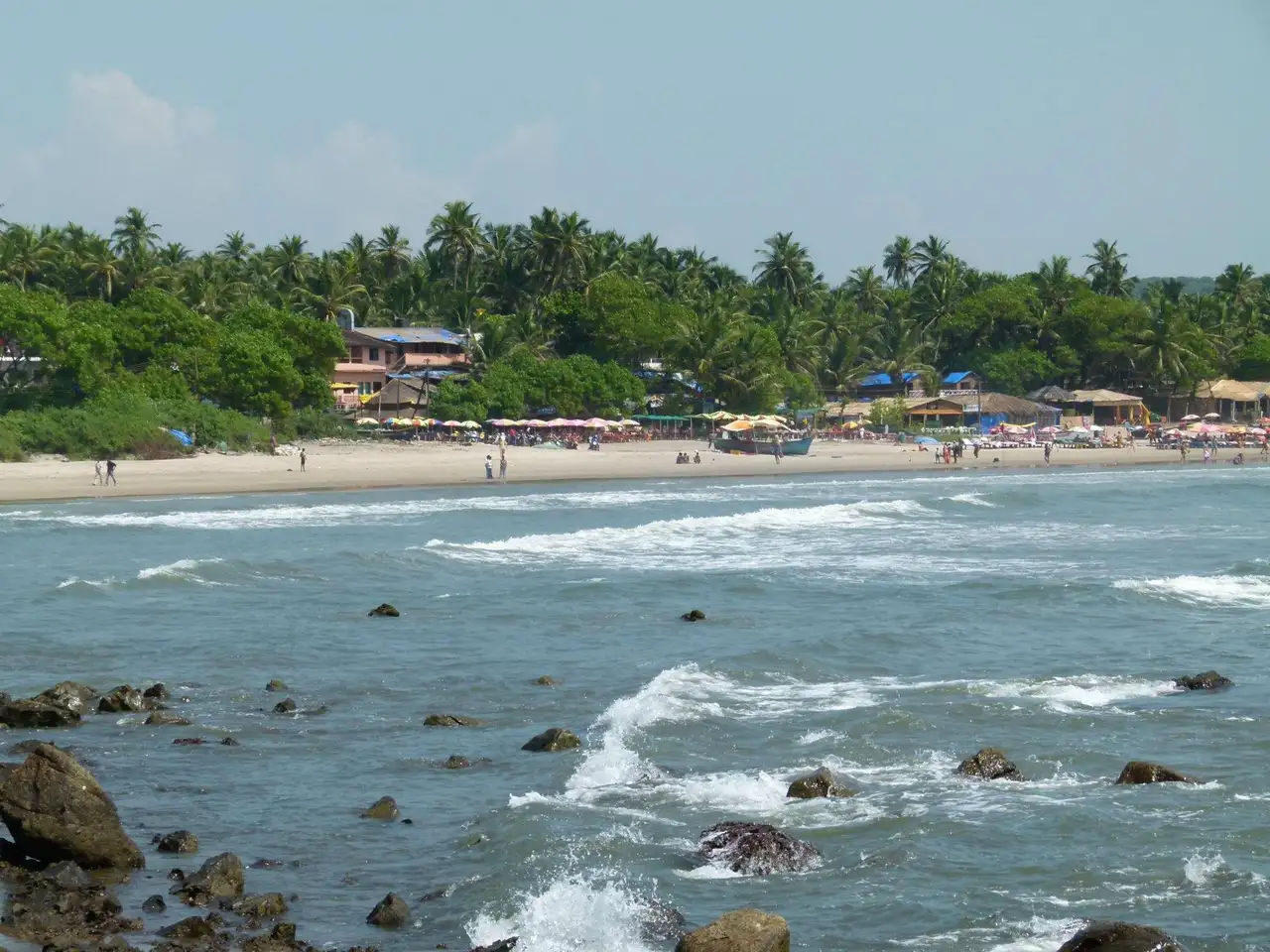
Ever wondered what a hippie paradise in India looks like? You’ll find it at Arambol Beach, a laid-back stretch of sand in North Goa where fire dancers practice their moves and drum circles form at sunset. Unlike its busier cousins to the south, this beach still holds onto its free-spirited charm from the 1960s. You can try everything from yoga and meditation to paragliding here, or simply wander through the bohemian flea market where travelers sell handmade jewelry and colorful clothing. Don’t miss the hidden freshwater lake near the beach, surrounded by banyan trees and mud that locals swear has healing properties.
Reis Magos Fort
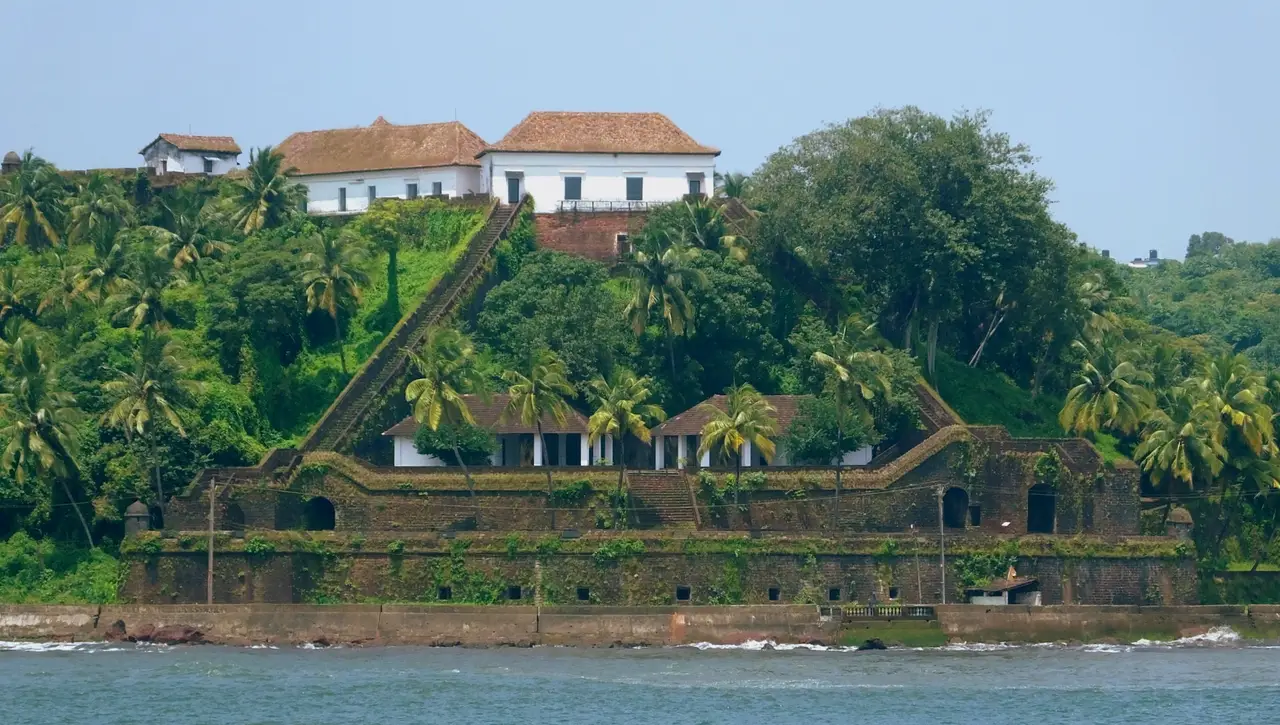
High above the Mandovi River sits Reis Magos Fort, one of Goa’s oldest fortifications dating back to 1551. Originally built as a defense against Dutch and Maratha invaders, this whitewashed structure now serves as a cultural center and museum. The fort’s strategic position offers sweeping views of Panjim city and the Arabian Sea, while its restored interiors house exhibitions on Goan history and art. Walking through its ancient corridors and climbing its weathered ramparts feels like stepping back in time to Portuguese colonial days. The nearby Reis Magos Church, with its distinctive red laterite stone facade, adds to the historical atmosphere of this peaceful hilltop spot.
Morjim Beach

Ever spotted a sea turtle laying eggs on a moonlit beach? That’s a regular occurrence at Morjim Beach, a peaceful stretch of sand in North Goa where nature takes center stage. Known as “Little Russia” due to its popularity with Russian tourists, this beach offers a different vibe from Goa’s livelier shores. From October to March, you can watch Olive Ridley turtles nesting on the protected shoreline, while local fishermen bring in their daily catch at dawn. The beach is also a magnet for bird watchers, with kingfishers and sea eagles often swooping overhead, and the nearby shacks serve up fresh seafood with a side of sunset views.

